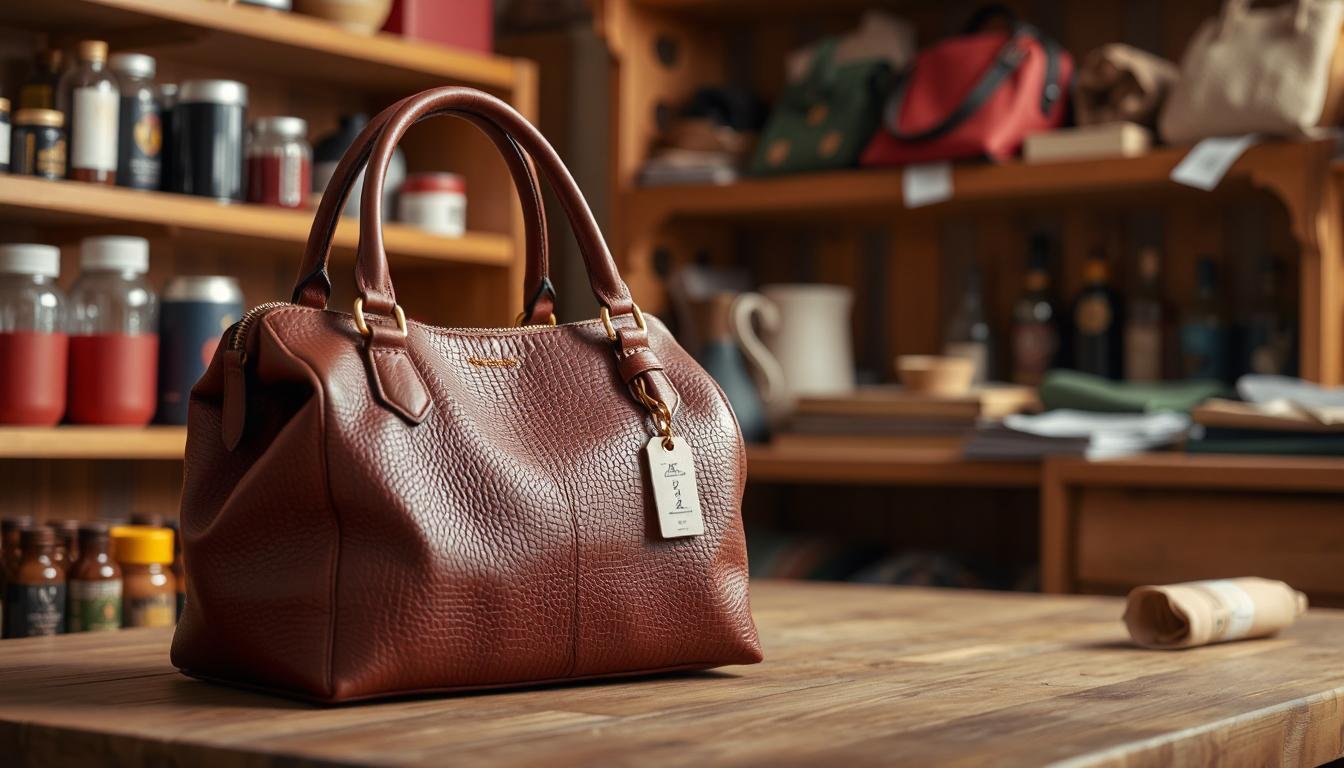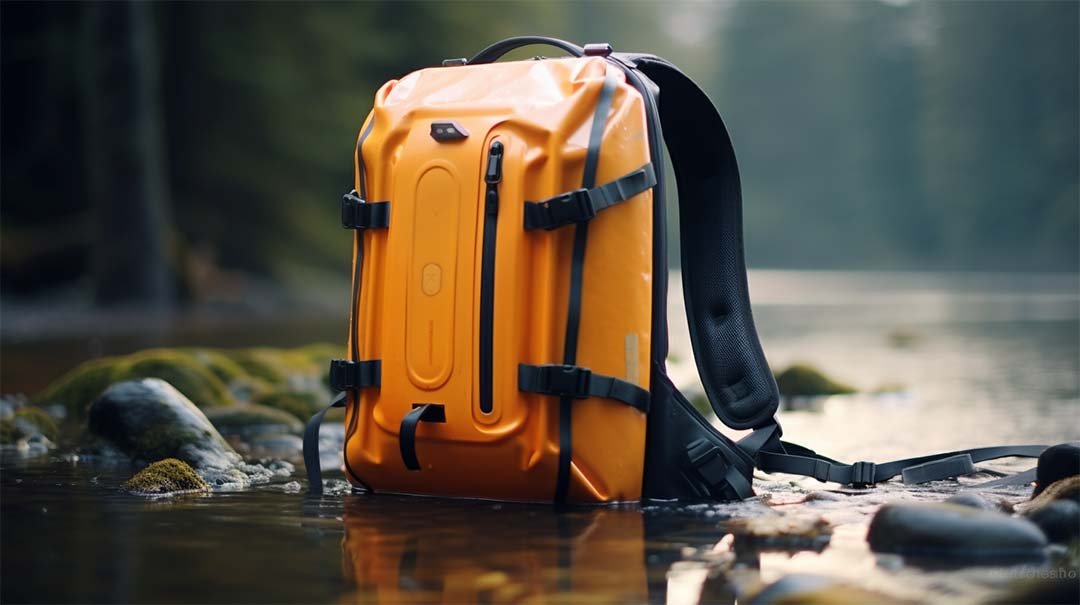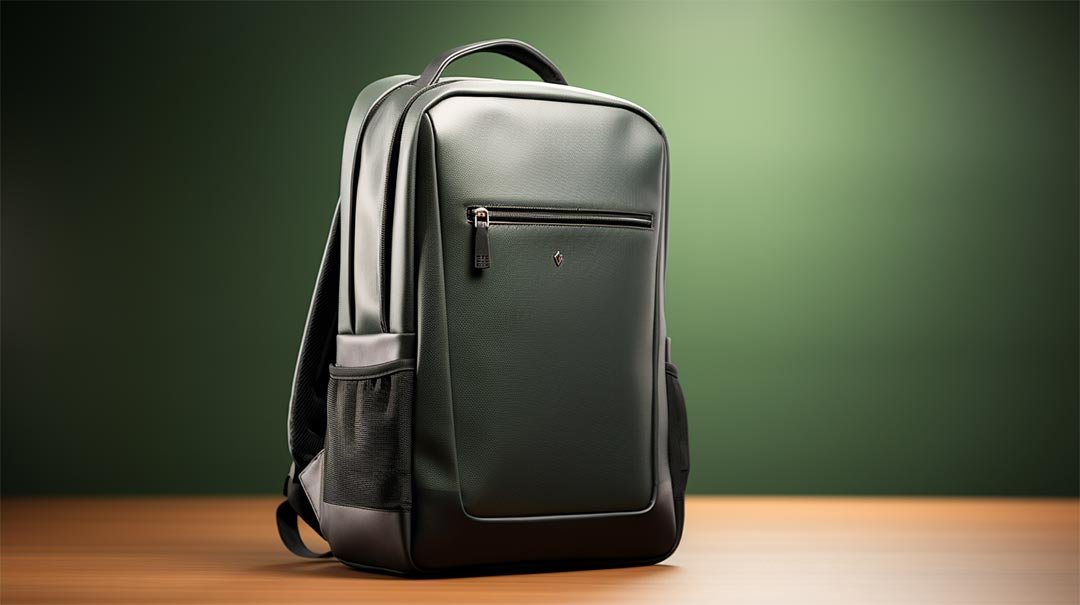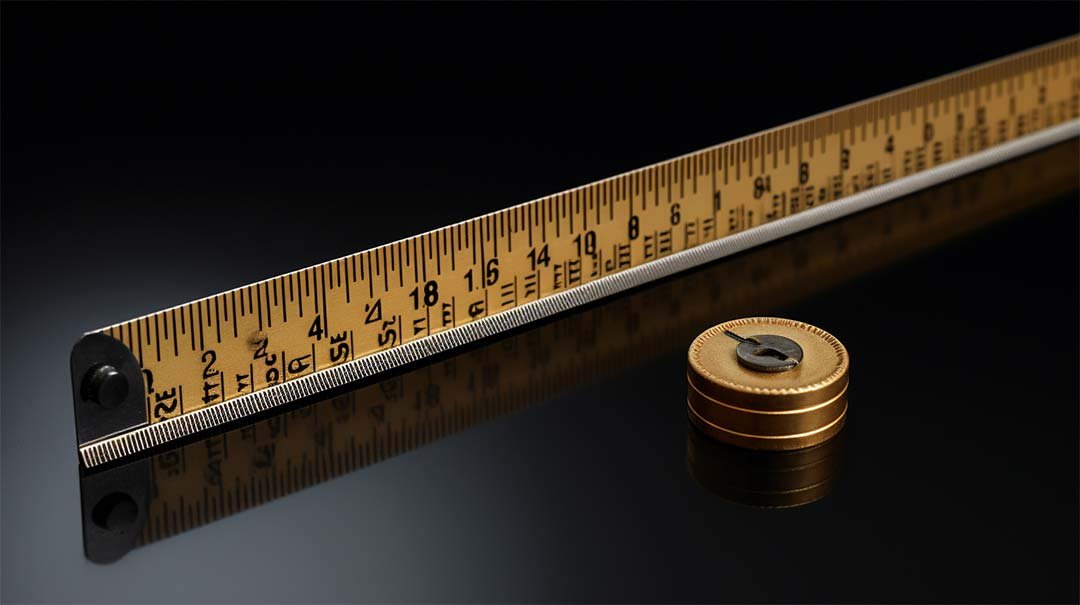Picture this: You’re a purchasing manager, staring at 20 nearly identical leather handbag samples, all claiming to be “premium quality.” Your boss wants a decision yesterday, and your last supplier ghosted you after a delayed shipment. The struggle is real. Choosing the right leather handbag supplier shouldn’t feel like gambling, but here we are.
The secret? Ignore the flashy marketing and focus on three things: leather type (full-grain = king), stitching (double-stitched or bust), and supplier hustle (do they respond faster than your ex?). Oh, and always demand a sample—no matter how “trustworthy” they seem.
Still skeptical? Good. Let’s dive deeper so you don’t end up with a truckload of “genuine leather” (aka plastic in disguise).
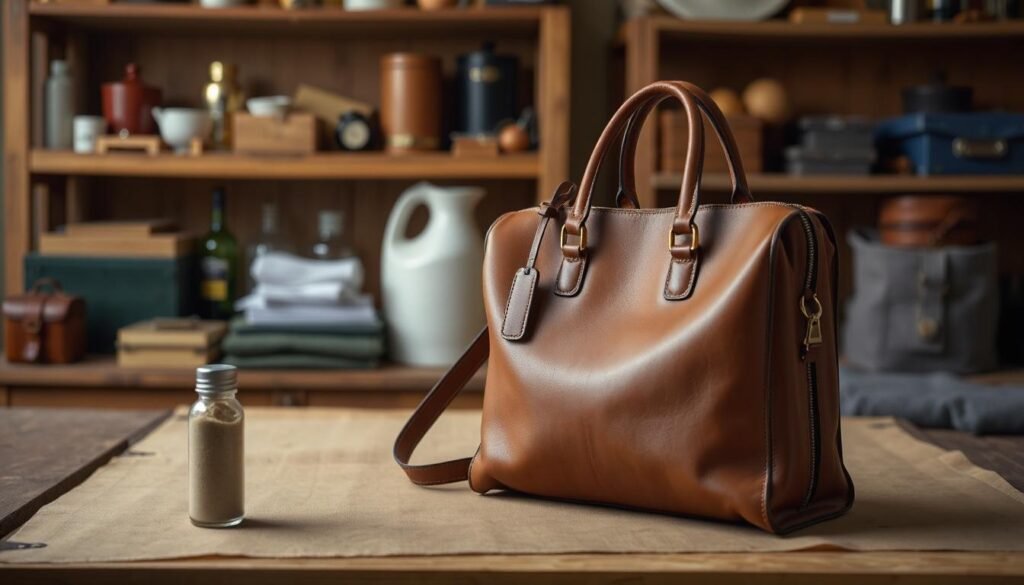
What’s the Big Deal About Leather Grades?
Bold all keywords which need data support.
Not all leather is created equal. Full-grain leather (the MVP) lasts decades, while bonded leather flakes like a bad relationship. Here’s the kicker: 70% of “luxury” brands use top-grain leather (shaved to hide imperfections) but charge full-grain prices. Sneaky, right?
Pro tip: Ask for a leather certification (like from the Leather Working Group). No cert? Swipe left.
How Do I Spot Shady Stitching?
If the stitches look like they were done by a sleep-deprived intern, run. Double stitching (or better yet, saddle stitching) is non-negotiable for durability. Check the stitches per inch (SPI)—8+ SPI means it’ll survive your customers’ abuse.
Fun fact: Cheap bags use lockstitch machines because they’re fast. But snap one thread, and the whole thing unravels. Yikes.
Why Does Supplier Speed Matter?
Imagine waiting 3 weeks for a sample while your competitors launch. Lead times separate the pros from the amateurs. My rule? If they don’t reply within 24 hours, they don’t want your business.
Bonus: Suppliers with in-house QC teams (like yours truly) cut sampling time in half. No more “Oops, we forgot the logo” emails.
Can I Trust Online Suppliers?
Google “leather handbag supplier,” and you’ll get 200 factories with identical stock photos. Red flags:
- No real certifications (ISO 9001? Hello?).
- Vague pricing (“Contact us for a quote” = “We’ll charge you extra”).
- Zero third-party reviews (even dodgy kebab shops have reviews).
Stalk them on LinkedIn or Alibaba. If their “factory” looks like a Photoshop disaster, it probably is.
What’s the Magic MOQ for Testing Suppliers?
Minimum Order Quantity (MOQ) is where dreams go to die. Some demand 5,000 units; others (ahem, like me) offer 500 units. Start small—order 50 units as a trial. If they screw up, you’re not stuck with a warehouse of regret.
FAQs
- “Genuine leather” sounds legit—is it?
Nope. It’s the lowest grade (like “artisanal” microwave meals). Demand full-grain or top-grain. - How do I check leather quality remotely?
Ask for a video call showing a water test (real leather absorbs droplets; faux leather pools). - What payment terms protect me?
30% deposit, 70% after pre-shipment inspection. Never do 100% upfront—that’s just donating money. - Customization takes forever—true?
Only with slow suppliers. Ours takes 10 days for samples (mic drop). - What’s the biggest rookie mistake?
Not getting a physical sample. Photos lie harder than a politician’s resume.
Conclusion
Choosing a leather handbag supplier boils down to quality checks, speed, and no-nonsense terms. Want a supplier who actually answers emails? (Wow, novel concept.) Let’s talk. Or keep rolling the dice—your call.

